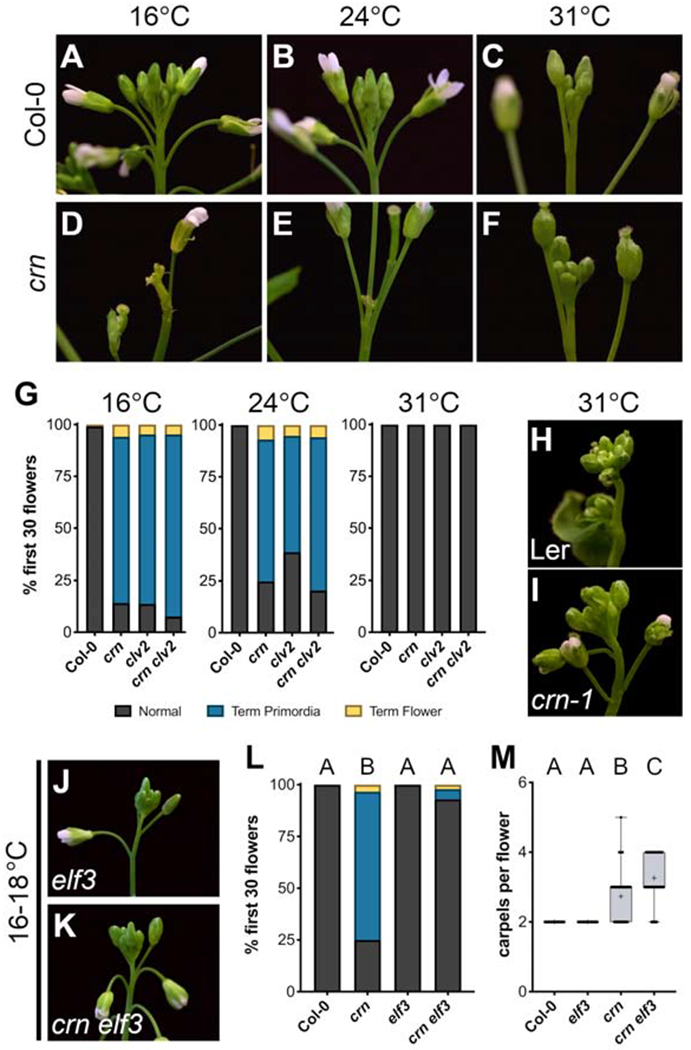Figure 3. High temperature responses modulate clv2/crn flower primordia outgrowth.

(A-F) Temperature-dependent inflorescence phenotypes of crn compared to Col-0. Flower primordia termination in crn is prevalent at (D) 16°C and (E) 24°C, but is suppressed at (F) 31°C.
(G) Quantification of flower primordia termination at 16°C: Col-0 (n=8), crn (n=9), clv2 (n=9), crn clv2 (n=7), 24°C: Col-0 (n=9), crn (n=9), clv2 (n=9), crn clv2 (n=9), and 31°C: Col-0 (n=8), crn (n=9), clv2 (n=9), crn clv2 (n=6).
(H-I) Inflorescences of Ler and crn-1 grown at 31°C.
(J-K) Inflorescences of elf3 (elf3-1) and crn elf3 grown at 16-18°C
(L-M) Quantification of (L) flower primordia termination and (M) carpel number in Col-0 (n=24), crn (n=18), elf3 (n=27), crn elf3 (n=26) grown at 16-18°C.
Box and whisker plots show full range of data (min to max) with mean marked as “+”.
Statistical groupings based on significant differences found using Kruskal-Wallis and Dunn’s multiple comparison test correction (L-M).
See also Figure S4.
